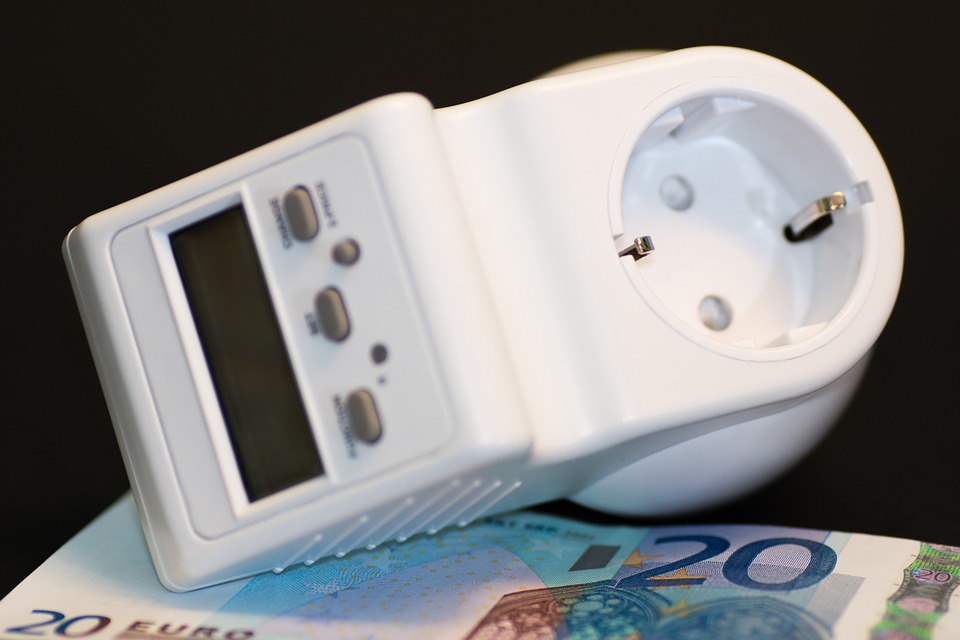
How Much Will You Actually Save?

1. Resealing your windows and doors.
Whether it’s warm or cold outside, windows that leak can be a major energy drain in your home. Fortunately, there is also an easy and relatively inexpensive fix! You can buy caulking for only a few bucks a tube and a caulking gun for application for $5.00 to $20.00. It’ll take just a few hours of your time and save you anywhere between 5 to 30 % off of your energy bill.
2. Updating your old appliances.
The top energy suckers in the home are: heating systems, air conditioning, hot water heaters, dehumidifiers, and refrigerators. The bigger your appliance, the more energy it uses, so if you’re going to replace something, start with the big stuff. For instance, switching your old refrigerator to an Energy Star model can result in using 75 % less energy and save you several hundreds of dollars. According to the Energy Star website, this savings can be in the $600.00-$700.00 range, yearly.
3. Updating your home’s insulation.
Did you know that old insulation tends to crumble and compress, becoming less and less effective as time goes by? If your home’s insulation is 15 to 20 years old, it may be time for a switch! There are many types of insulation on the market right now – fibreglass, mineral fibre, cellulose, rigid foam, spray foam – so do your research before choosing the type that’s best of your home. Upgrading your insulation can save you around $100.00-$200.00 a year. Don’t forget your attics and basements!
4. Installing solar-electric panels and wind power systems.
This one’s a bit of a bigger – and more expensive – project to take on, but one that will pay off down the road. Additionally, the government offers incentives to those willing to implement alternative power into their homes. Residents of Ontario, for example, can take advantage of a government sponsored Feed-In-Tariff program that pays customers 54 cents for every kW hour they produce. Look at it like an investment and make at least a 4 percent return over 20 years.
5. Installing a programmable thermostat.
The idea is to set your thermostat lower while you are sleeping or away. By turning your thermostat back 10° to 15° for 8 hours, you can save 5% to 15% a year on your heating bill. The same goes for air conditioning in the summer.










